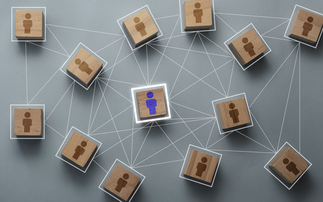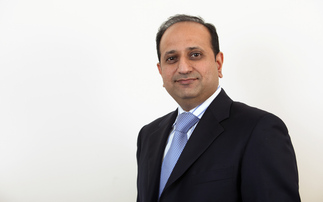Fiona Murphy catches up with LifeSearch's chief executive Tom Baigrie for the definitive interview on his firm's growth plans and his views on the protection market
FM: Speaking of D2C at the LifeSearch Awards, you mentioned the need for D2C IP.
TB: That was a throwaway line in my speech because it's a huge challenge. There was D2C IP: it's called PPI, and I don't want to go back into that space. PPI itself wasn't criminal; it's just the way it was sold.
If you want to spend lots of money to grow your market, you've either got to develop your own product and promote that in a way, say, that Vitality does but also accept that you don't have that many people who can distribute your product. In other words you have to make a D2C model. You have to encourage consumers to come to you directly as the maker of profit.
That in itself is somewhat limiting because you don't offer consumers enough choice. But then if you decide to engage with consumers on a general level, you can spend a huge amount and all of the benefit can flow to numerous distributors, other manufacturers, reinsurers and all the people who didn't spend the money in the first place.
I tried to solve that a long time ago with a consumer protection insurance engagement campaign in 2010 but that didn't take off. I think it might be time to try again but I'm not sure I'm allowed to do it.
Seven Families could be a template but if there is someone clever out there to build a B2C IP model that they made, and they are going to take all the revenues from, perhaps they could try to persuade people to do something like that. But I'm not sure that's a viable suggestion.
The underlying truth that IP would be the saviour of protection, because it leads to more claims, and above all we need more claims to become relevant to consumers.











